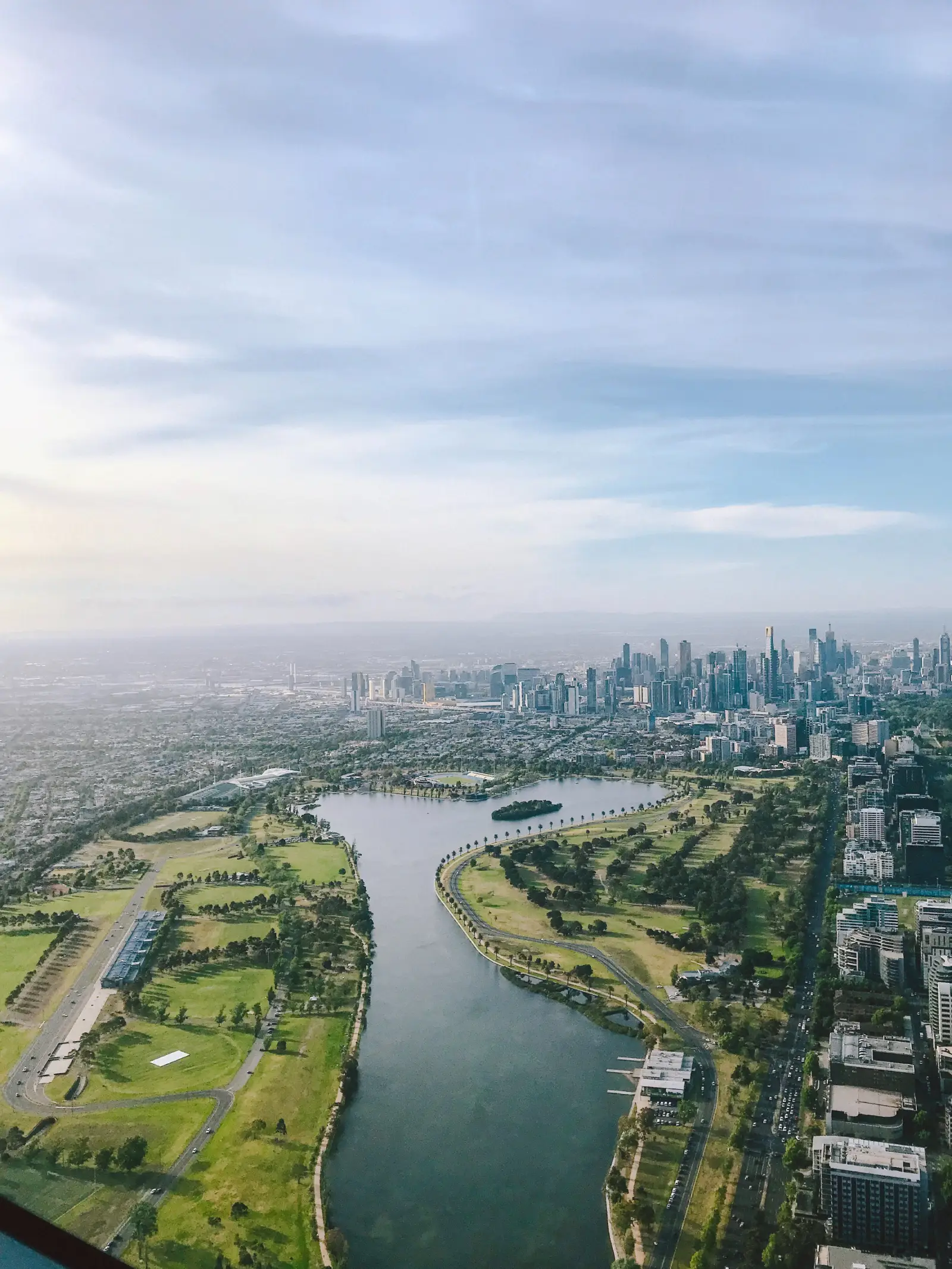Discover Australia’s allure as an ideal destination for permanent residence, offering equal opportunities and multiculturalism. Unravel the pathways to achieve your dream of settling in the Land Down Under, accessing limitless possibilities and a prosperous life abroad

Table of Contents
Australia, with its pristine landscapes, vibrant cities, and high-quality lifestyle, has long been a dream destination for many. Its reputation as a land of opportunities draws individuals from across the globe to seek a better life.
One of the key pathways to unlocking these opportunities is obtaining Permanent Residence in Australia.
Being a permanent resident provides numerous benefits and privileges, making it an attractive option for those seeking stability, growth, and a higher quality of life.
Benefits of Permanent Residence
Work and Study Freedom
As permanent residents, individuals can explore a plethora of job opportunities, work for any employer, and even establish their own businesses in Australia. Moreover, they have access to world-class education and government-funded study options.
Healthcare Access
Australia’s renowned healthcare system, Medicare, is accessible to permanent residents, offering subsidized medical services and peace of mind in times of health-related challenges.
Social Security Benefits
Permanent residents are eligible for various social security benefits, such as family assistance and unemployment support, ensuring a safety net for themselves and their families.
Sponsor Family Members
Having secured permanent residency, individuals can sponsor eligible family members to join them in Australia, reuniting families and fostering a sense of belonging.
Pathway to Citizenship
Permanent residents have the opportunity to apply for Australian citizenship after fulfilling certain residency requirements, opening doors to a wide range of rights and opportunities.
Travel Privileges
With permanent residency, individuals can travel in and out of Australia without the need for a visa during the initial five-year period, providing flexibility and global mobility.
You will be interested to know what is cost of living in Sydney in 2023. Please read this article.

Overview of the Australian Permanent Residency Process
Australia offers several pathways to attain permanent residency, catering to different individual circumstances. These pathways include skilled migration, employer-sponsored visas, family-sponsored visas, and humanitarian and protection visas.
Each pathway has its own set of eligibility criteria, requirements, and application processes.
Eligibility Criteria for Australian Permanent Residency
Skilled Migration Pathway
Points-based System and Eligibility Points: The General Skilled Migration (GSM) program requires candidates to score a minimum number of points based on factors such as age, English proficiency, work experience, and education qualifications.
Age Requirements
Age plays a significant role in the points-based system, and applicants should be aware of the impact it may have on their eligibility.
English Language Proficiency
Demonstrating English language competency through recognized language tests is essential for most skilled visa applications.
Skills Assessment
Applicants must undergo a skills assessment by relevant assessing authorities to verify their qualifications and work experience.
Employer-Sponsored Pathway
Employer Nomination Scheme (ENS) Visa (subclass 186)
This pathway allows Australian employers to sponsor skilled workers for permanent residency, contributing to the growth of the country’s workforce.
Temporary Skill Shortage (TSS) Visa (subclass 482)
Temporary employer-sponsored visa holders may have the opportunity to transition to permanent residency through the ENS stream of the TSS visa.
Family-Sponsored Pathway
Partner Visa (subclass 820/801 or 309/100)
Australian citizens or permanent residents can sponsor their partners for temporary and later permanent residency, fostering family reunification.
Parent Visa (subclass 103 or 143)
Parents of Australian citizens or permanent residents can apply for a parent visa, with the option of contributory and non-contributory visas based on processing times and costs.
Child Visa (subclass 101 or 802)
Children of Australian citizens or permanent residents can be sponsored for permanent residency, ensuring family unity.
Humanitarian and Protection Visa
Refugee and Humanitarian Program
For individuals seeking refuge in Australia due to fear of persecution or human rights abuses in their home country.
Global Special Humanitarian Program
Providing visas for individuals affected by significant discrimination or violence in their home country.

Skilled Migration Pathway – General Skilled Migration (GSM)
Subclasses under GSM
Skilled Independent Visa (subclass 189)
For skilled workers who do not require employer, state, or family sponsorship to apply for permanent residency.
Skilled Nominated Visa (subclass 190)
Requires nomination by a state or territory government, providing a pathway to permanent residency.
Skilled Work Regional (Provisional) Visa (subclass 491)
Allows skilled workers to live and work in specified regional areas for up to five years, with a pathway to permanent residency.
Expression of Interest (EOI) Submission
Creating an EOI in SkillSelect
Prospective applicants must lodge an Expression of Interest (EOI) through the SkillSelect system, expressing their interest in skilled migration.
Points Calculation and Ranking
SkillSelect ranks EOIs based on claimed points, and those with the highest rankings receive invitations to apply for the relevant visa.
Invitation to Apply (ITA)
Receiving an ITA from the Australian Government
Successful candidates are invited to apply for the visa after their EOI is selected from SkillSelect.
Timeframe and Validity
Applicants usually have a limited timeframe to lodge their visa application once they receive an ITA.
Application Process and Documentation
Online Application Submission
Most visa applications are submitted online through the Department of Home Affairs’ website.
Required Documents Checklist
Applicants must provide supporting documents, such as identity proof, evidence of qualifications, relationship documents, and more.
Health and Character Requirements
Applicants must meet health and character requirements to be granted a visa.
Police Clearances and Medical Examinations
Depending on the visa subclass, police clearances and medical examinations may be necessary.
Waiting Period and Application Processing Times
Processing Times for Different Visa Categories
Processing times vary depending on the visa subclass and the number of applications being processed.
Bridging Visas and Work Rights during Processing
In some cases, applicants may be eligible for bridging visas to remain lawfully in Australia while their permanent residency application is being processed.
Finalizing the Permanent Residency Process
Visa Grant and Conditions
Once the visa application is approved, applicants receive a visa grant letter outlining the conditions and entitlements of their permanent residency.
Travel Facility and Return Resident Visa
Permanent residents receive a travel facility allowing them to travel in and out of Australia within the initial five-year period. After that, a Resident Return Visa (RRV) may be necessary to maintain the travel facility.
Citizenship Eligibility and Future Prospects
After fulfilling certain residency requirements as a permanent resident, individuals can consider applying for Australian citizenship, which grants them full rights and responsibilities as an Australian citizen.
Read more details about permanent residence in Australia on Australia Government’s Official Website.




